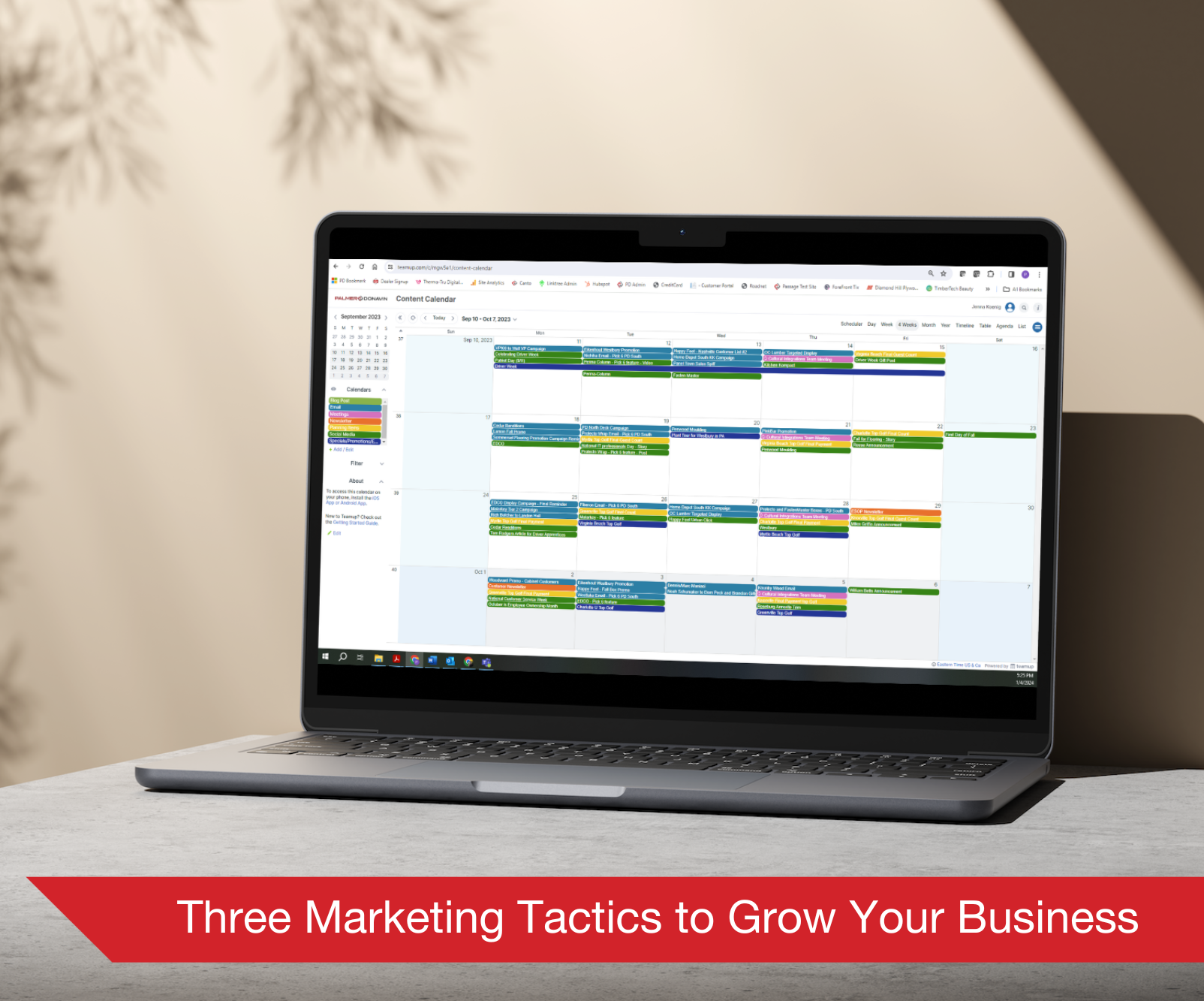Times Have Changed. Is Your Website Ready?

The recent pandemic forced many buyers to shop and search for information online. Researchers suspect that many of these online shoppers are here to stay. So, let’s take a moment to talk about your website and be sure it is working for you the way you hope.
The technical phrase is Conversion Rate Optimization, or CRO. The CRO process gets you on the road to creating and optimizing your website goals and marketing paths with one thing in mind – conversion. This basic CRO process will help you gain the knowledge and insights to increase your conversion rate and make the most out of your current web traffic. The first step in the process is a conversion rate optimization audit. This determines where your website is draining revenue and sales by creating a solution to increase your conversion rate.
The CRO Process
Qualitative Analysis
Your website visitors and customers have specific buying patterns. They want to know, go, do, and buy. A successful site should be built around your customers’ habits and what they are really after. To do this, it’s best to figure out what your visitors are looking for along with their hold-ups, pain points, and other habits on your site. One note of caution: When building your website, be mindful that it accommodates the user instead of just considering the company’s desires.
Analytics Audit
Chances are you aren’t tracking what you should. The key is to simply look at what your Google Analytics metrics say about user behavior and not what some random person on the internet says. For instance, a high time spent on a page used to be a great metric to track. Now, not so much. This is especially not the case for the homepage or conversion-centric pages, like the contact us page. You want users to find what they are looking for and either leave or fill out a form quickly. If not, you are missing out on opportunities. Find what is truly important to track about your users. From here you’ll gain insights into your conversion funnel and better analyze where you might be leaking business.
User Experience (UX) Audit
Your website is all about answering the user’s question and giving them insight into their search. Subtle design changes can drastically improve your conversion rate by creating an amazing user experience. Here are a few to start with.
- Creating one consistent call to action color. Anything that is clickable should be one color to avoid confusion on what is clickable and what isn’t.
- Avoid too many font changes. These make the website look disjointed and more like an ad. You’ll often see that huge text feels out of place.
- Make sure all of your spacing is consistent. If your website is using a website builder tool, this is often overlooked. This is a fundamental website design flaw that could often be overlooked by a non-professional.
- Add a Call-to-Action to contact you at the bottom of every page. Make it easy for your visitors to convert when they have read the entire page.
SEO & CRO Work Hand-in-Hand
Google’s mission is maximizing user experience or UX. UX is critical for SEO and focuses on user intent and how that will convert potential customers. In addition, user search queries give us valuable insights as to how people think about content, products and services. Researching why your customer is on your website can help uncover the hopes, problems, and desires of your users.
Digging deep into Google Search console can help you discover how users are finding your website organically. Often times industry-specific phrases and acronyms are used but are not in the customer’s vocabulary. These key phrases will also help determine header hierarchy and other phrases you could be missing out on.
How to Measure Success
Measuring your campaign’s success is necessary to ensure it is truly attracting more business. This can help you to calculate where you’re going and see where you’ve been. The website conversion rate doesn’t directly relate to getting organic website traffic or ranking higher on Google; but, conversion rate optimization has a direct benefit to SEO. Those include:
Increased Customer Insight:
Conversion rate optimization will help you understand your audience and find out what messaging and content best relates to their needs. Conversion rate optimization is finding the best customers for your business and acquiring the right kind of audience.
Better Return on Investment:
A higher conversion rate means making the most out of what you have. By analyzing how to get the most out of your calls to action, you’ll get more conversions without having to focus on bringing in more potential customers from organic search or paid ads.
Better User Experience:
When the user feels like your website is catered to them, they tend to stick around and navigate through your pages and content. The words on your websites aren’t just for Google at that point. You have now influenced the user and are a credible source for what you do. Congrats! By analyzing what works and expanding on it, you’ll make a better experience for the user, which means they’re likely to engage with the website even more.
Enhancing Trust:
If your business is eCommerce, you know how important it is to get the users to share their personal information like their credit card, email, phone number, etc. They must genuinely trust your website just as much as they would trust a member of your sales team. Give the user exactly what they are looking for when they need it. This enhances their trust in you and ultimately leads to more conversions.
We know that you may not have all the answers, or have the time to dive deeper into your analytics, so talk to a CRO expert today and see if your site is leaking leads.






